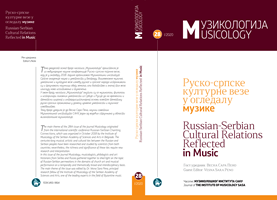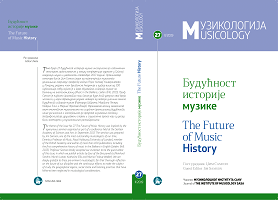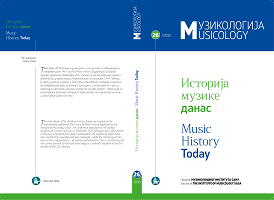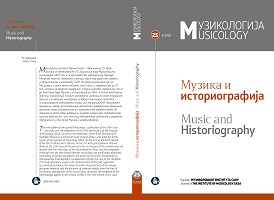
Колико (не) знамо о руско-српским појачким везама
There are still no argumentative answers about the extent to which and in what way the share of Russian singing practice in Serbian church singing is present. The ways in which the Serbian melody reached Russian singers are not known either. The paper presents the results of research on Russian notated collections kept in Serbian libraries are also presented. Certain stereotypes regarding the crucial Russian influence on the newer Serbian church singing have been critically considered. New research tasks related to Russian musical manuscripts are listed, after which the exchange of singing experiences between Russian and Serbian church singers will become clearer.
More...


